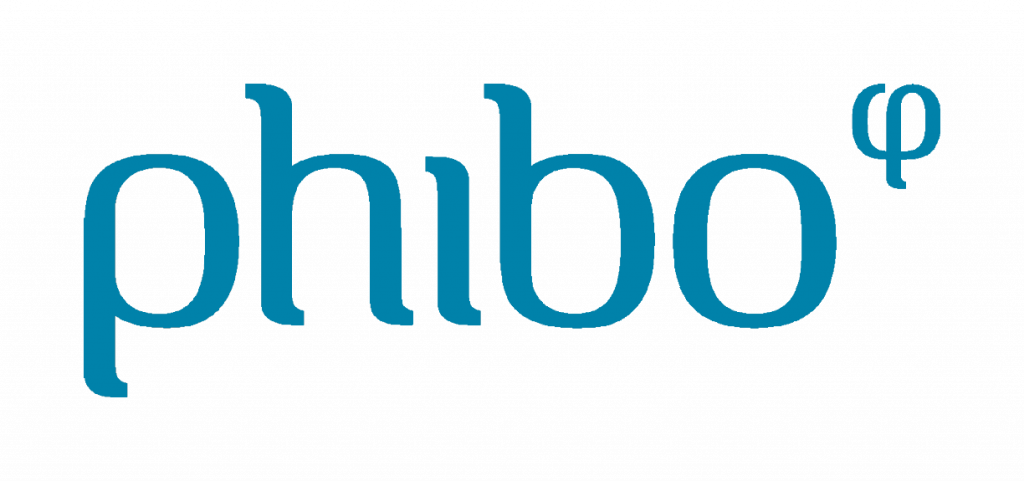Esta web utiliza cookies para que podamos ofrecerte la mejor experiencia de usuario posible. La información de las cookies se almacena en tu navegador y realiza funciones tales como reconocerte cuando vuelves a nuestra web o ayudar a nuestro equipo a comprender qué secciones de la web encuentras más interesantes y útiles.
El contenido de este sitio web está dirigido exclusivamente a profesionales del sector odontológico. Aquí encontrarás información especializada sobre productos y soluciones diseñados únicamente para uso profesional.
En cumplimiento con la normativa vigente, y para continuar, confirmo bajo mi responsabilidad que soy un profesional de la odontología y que, por lo tanto, se me permite acceder a la información contenida en este sitio.



